Contact Me: howtopbestinfo@gmail.com
Contact Me: howtopbestinfo@gmail.com
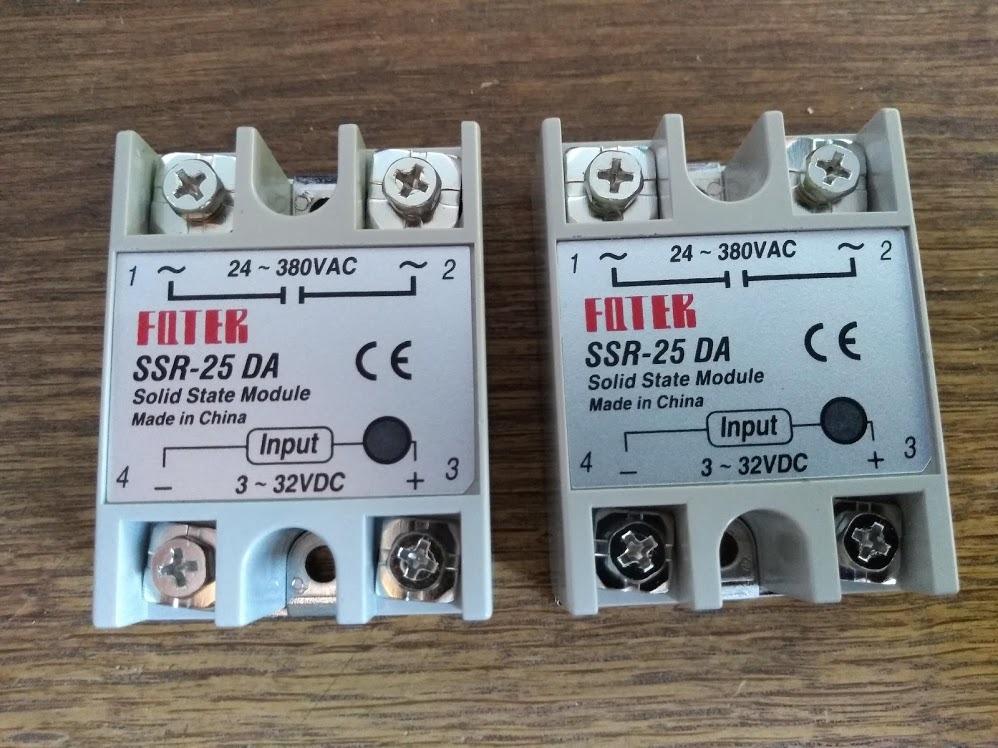
Solid-state relays (SSRs) are electronic switches that use semiconductor technology instead of physical moving parts to control electrical circuits. They provide a range of benefits over traditional mechanical or electromechanical relays, including faster switching speeds, longer life span and higher power ratings.
In addition, SSRs have no contact bounce when opening or closing the circuit which provides for more precise timing accuracy than conventional relay types.
Also due to their lack of movable contacts there is less wear and tear on components leading to fewer maintenance costs overall in comparison with other forms of switchover devices such as reed switches .
The main benefit derived from solid state relays lies in their fast operation times compared with electro-mechanical models; they can be used much quicker without any noticeable delay between operations since they do not require coil energizing during each cycle like an electromagnetic device would need this makes them ideal where rapid response time is required such as industrial process controls systems requiring high speed sampling rates and accurate triggering events within milliseconds rather than several seconds typical with older style technologies .
Additionally because the absenceof arcing electricity these devices don’t generate noise making them suitable applications near sensitive audio equipment etc..
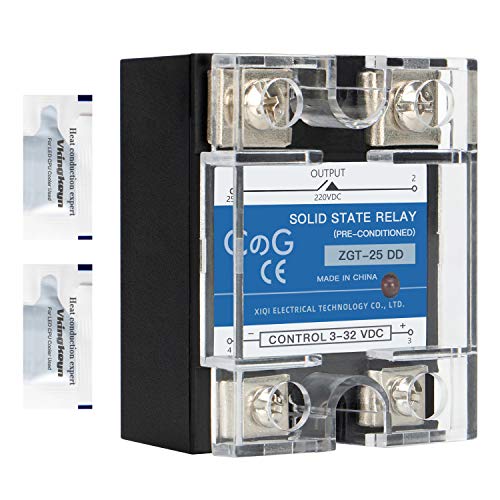
Best value overall, this is the greatest option for all buyers who want the best quality product.
Buy it on Amazon
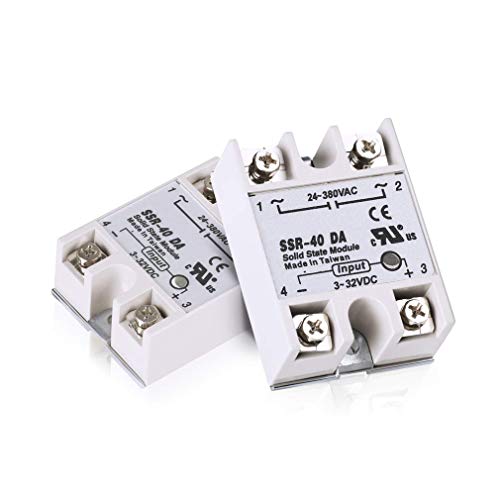
Also very good option for users who are serious about high standard and taste.
Buy it on Amazon
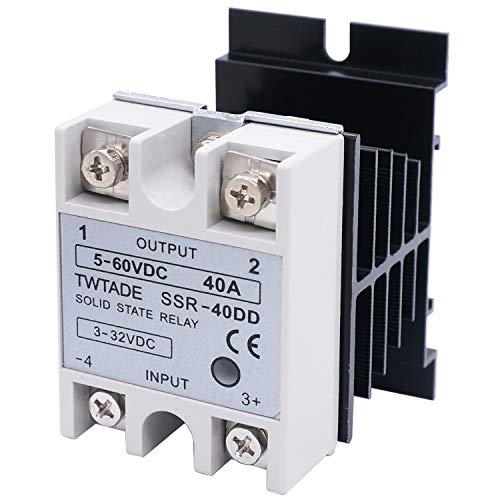
Strike a perfect balance between price and quality, this item is for people who want both.
Buy it on Amazon

Perfect Alternative for products other than those mentioned above, give it a try!
Buy it on Amazon
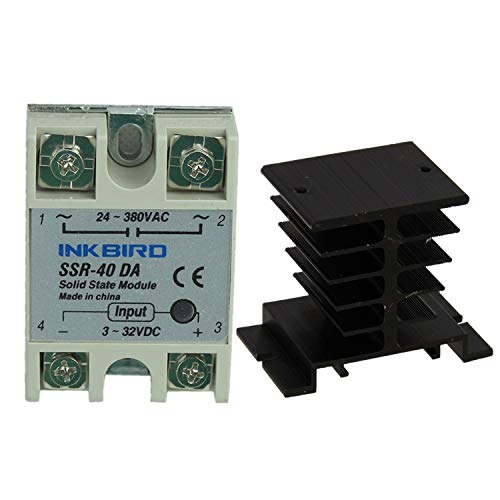
Affordable price and well accepted quality, great deal for who have a tighter budget.
Buy it on Amazon
Solid-state relays (SSRs) are electronic switches that use semiconductor technology instead of physical moving parts to control electrical circuits. They provide a range of benefits over traditional mechanical or electromechanical relays, including faster switching speeds, longer life span and higher power ratings.
In addition, SSRs have no contact bounce when opening or closing the circuit which provides for more precise timing accuracy than conventional relay types. Also due to their lack of movable contacts there is less wear and tear on components leading to fewer maintenance costs overall in comparison with other forms of switchover devices such as reed switches .
The main benefit derived from solid state relays lies in their fast operation times compared with electro-mechanical models; they can be used much quicker without any noticeable delay between operations since they do not require coil energizing during each cycle like an electromagnetic device would need this makes them ideal.
The rapid response time is required such as industrial process controls systems requiring high speed sampling rates and accurate triggering events within milliseconds rather than several seconds typical with older style technologies .
Additionally because the absenceof arcing electricity these devices don’t generate noise making them suitable applications near sensitive audio equipment etc..
To sum up, solid-state relays offer numerous advantages over traditional mechanical relays. They are highly reliable and require virtually no maintenance due to their lack of moving parts making them ideal for long term applications. Additionally they allow for faster switching speeds compared to other types of relay designs with some models capable of a response time as low as 0.2ms which is perfect in situations where fast reaction times are necessary such as automation or process control.


Etiam porta sem malesuada magna mollis euismod. Cras mattis consectetur purus sit amet fermentum. Aenean lacinia bibendum nulla sed consectetur.
2045-06-02 00:00:00.000000
2045-06-05 00:00:00.000000
2045-06-07 00:00:00.000000
2045-07-06 00:00:00.000000
2045-07-08 00:00:00.000000